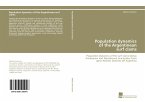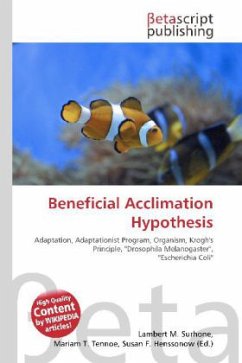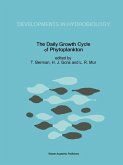High Quality Content by WIKIPEDIA articles! The Iron Hypothesis was formulated by oceanographer John Martin, based on theories by Joseph Hart and first tested in 1993 and may be a long term solution to the rapid production of anthropogenic carbon dioxide. In 1988, Nature published the results of Martin's experiments as well as his speculations on climate change. Certain areas of the oceans have high levels of plant nutrients, such as nitrates, phosphates and carbonic acid. However, the phytoplankton does not grow as strongly as it should, given the plentiful supply of sunlight and plant food. It was discovered by John Martin that the lack of micronutrients, trace metals and particularly iron, was a limiting factor for growth of phytoplankton in HNLC ocean surface waters, much in the same way as a lack of vitamins can cause illness and deficiencies in humans. Scientists Ken Johnson, Dick Barber and Kenneth Coale of the Moss Landing Marine Laboratories in Monterey Bay, California, were able to prove John Martin was correct, in a series of tests conducted near the Galápagos Islands in 1993 and again in 1995. Their results were published in Nature.
Bitte wählen Sie Ihr Anliegen aus.
Rechnungen
Retourenschein anfordern
Bestellstatus
Storno








